The Application of 3D Wooden Puzzles in Education
Hands-on learning is vital for teenagers to learn. Through hands-on learning, young learners are more receptive to new knowledge and may receive additional rewards. In this article, we will be looking at the 3D wooden puzzle and how it can help young learners when applied to hands-on learning. Let's get started.
Introduction
Brief Overview of 3D Wooden Puzzles
Studies have shown that solving puzzles is beneficial for young learners because it can utilize both sides of the brain. This is supported by several shapes, themes, and images that puzzles can create after the effort of solving the pieces one by one. Also, it helps in visualization and creativity among children, especially 3D wooden puzzles that make unique miniatures of places, toys, and more.
Wooden puzzles are great children's toys because of the educational and developmental advantages they can offer youngsters. Because of this, the popularity of 3D wooden puzzles has grown over the years because of their well-liked imagery and positive input into the minds of people engaging in puzzle-solving. And they have been widely used as educational materials and brought a different level in honing various skills of students.
Importance of Hands-On Learning in Education
Educational facilities need to indulge in hands-on learning since it will surely improve the skills of the learners in terms of problem-solving. Additionally, they can use their critical and logical thinking abilities. These are the reasons why 3D wooden puzzles and other experimental materials have been used to hone young learners in today’s world. Here are some of the aspects that hands-on learning can offer:
- Learners will be good at communication.
- Hands-on learning improves problem-solving skills and logical thinking.
- Learners can retain lessons better.
- Creativity and imagination will be utilized.
- Teamwork and social engagement will be highly encouraged.
Understanding 3D Wooden Puzzles
Definition and Types of 3D Wooden Puzzles
A three-dimensional (3D) wooden puzzle is made of wood materials with customized shapes and pieces that could form a miniature of a place, toy, instrument, or any other object that can be solved in a puzzle. After connecting all the pieces together, the puzzle serves as a model. Here are the different types of 3D wooden puzzles that people of all ages love:
Musical Instruments
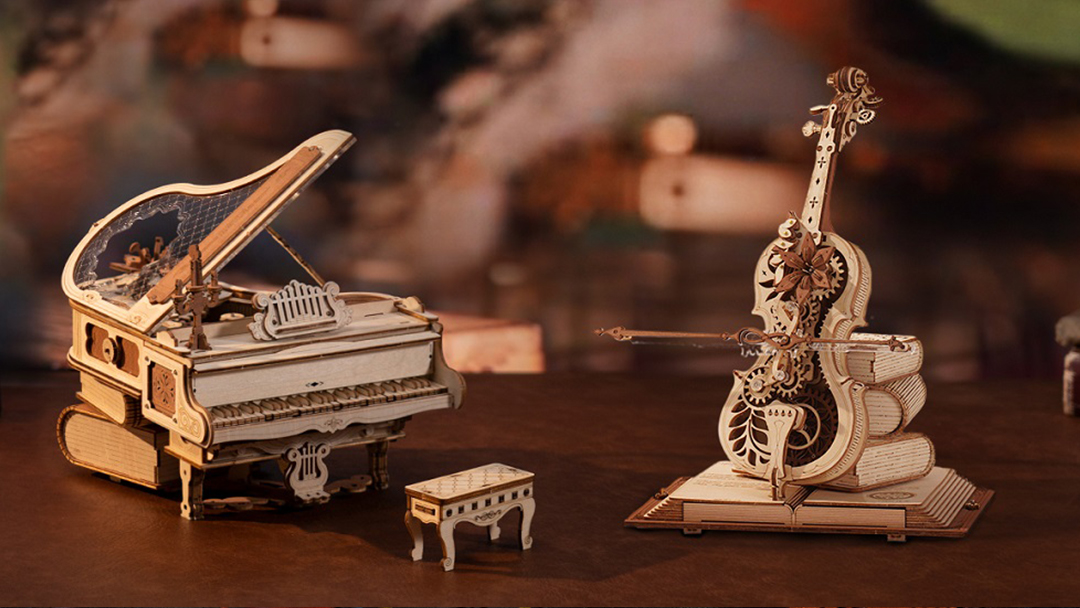
Music is another escape for people who find solace and peace when listening to songs or instruments playing. Did you know that you can learn the parts of musical instruments through 3D wooden puzzles? The makers of this handicraft made sure to bring everyone the magic of music by solving a puzzle that creates a music box, violin, piano, cello, and more. These are the perfect 3D wooden puzzles for learners who want to discover more about musical instruments.
Model Cars
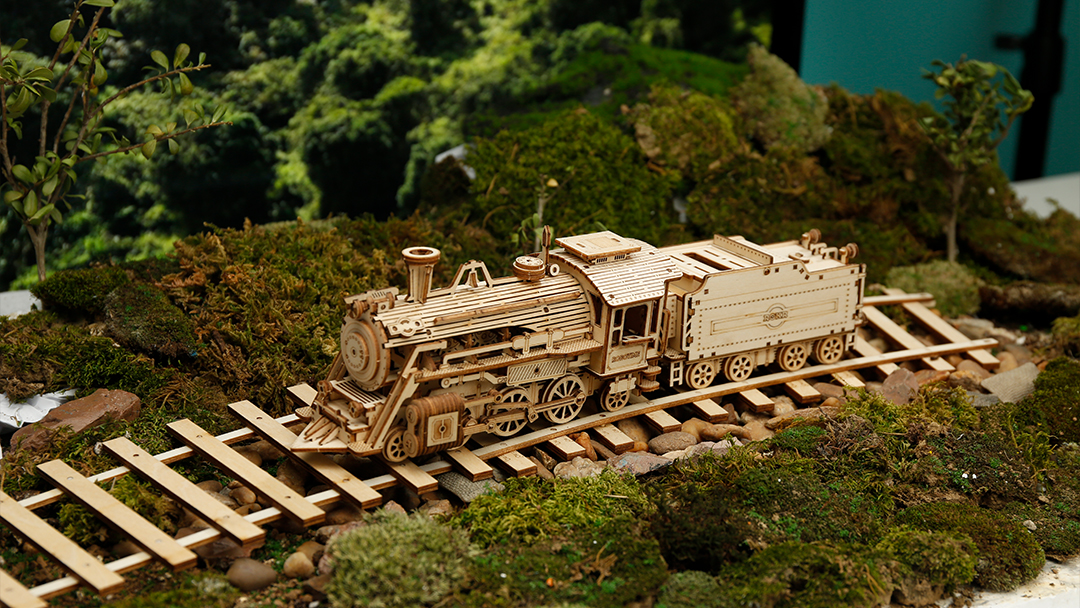
Vehicles' mechanical and industrial designs can now be seen through a 3D wooden puzzle. Various series of 3D wooden puzzles represent the wheels and unique mechanisms of vintage cars, as well as the complex structures from the engine to other car parts.
Wooden Gun Puzzles
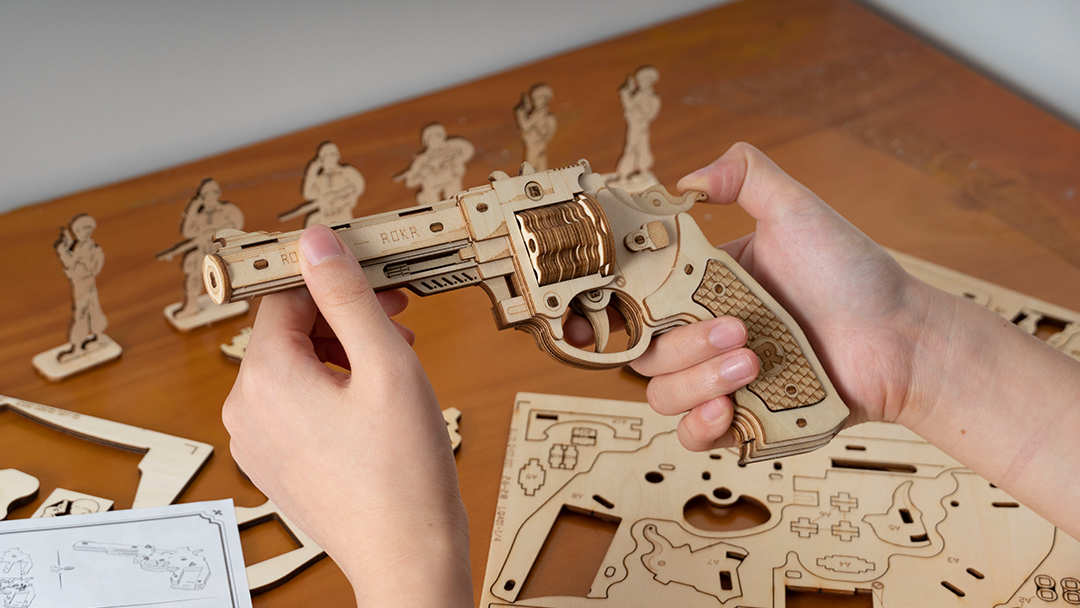
The shooting and firing experience is now on another level when you handcraft the gun toy itself. It is possible because of the gun toy 3D wooden puzzles available in the market. Aside from the safe shooting, it is also fun to build your own gun made with wooden parts.
Iconic Landmark Models
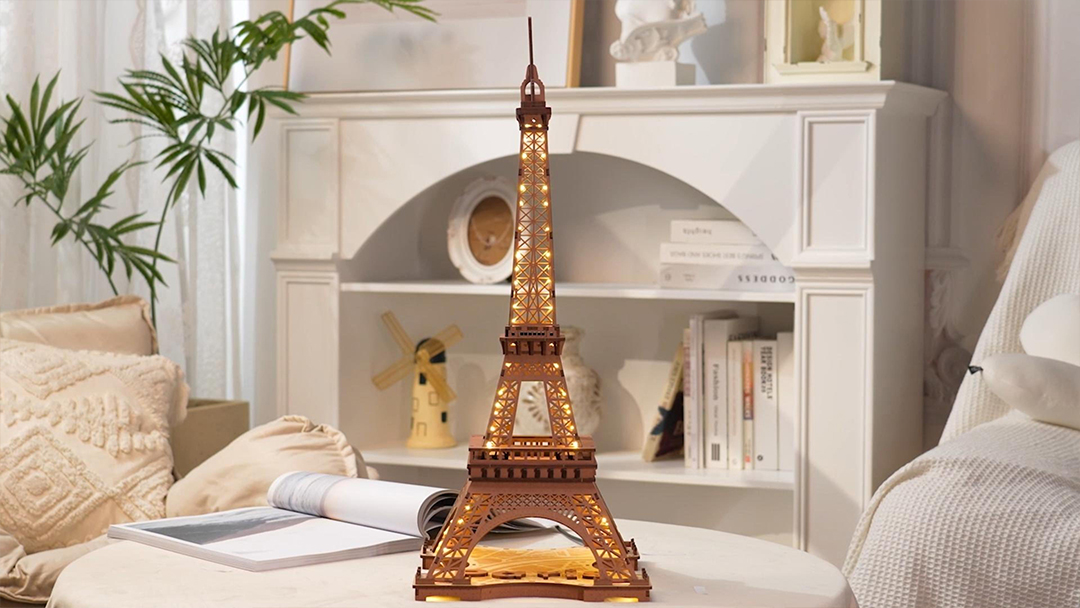
Iconic places and historical sites have miniatures now, meaning you can build them by solving the wooden pieces included in the puzzle. Aside from the beautiful and mesmerizing outcome, it is also a good practice to understand the foundation and architectural designs of specific well-known structures.
Home Decoration

Most 3D wooden puzzles deserve a spot inside a house together with beautiful pieces of furniture. But before this, it would be best to learn how to solve them depending on the chosen miniature. Also, it takes a lot of puzzle-solving skills to solve one.
STEM Kits
There are also 3D wooden puzzles that specialize in improving puzzle solvers' Science, Technology, Engineering, and Mathematics (STEM) capabilities. It is a great way to improve many skills that can make a significant impact.
Advantages of Wooden Puzzles Over Other Materials
In the competitive market for educational materials, there has been a comprehensive discussion and comparison between qualities and functionalities. There are a lot of factors to consider before investing, so here’s a highlight of the reasons why 3D wooden puzzles are the top-notch choice to use as educational materials:
- The 3D wooden puzzles are more environmentally friendly.
- In terms of quality, 3D wooden puzzles last longer compared to other materials.
- Wooden pieces are more durable and made from high-quality hardwoods.
- The final outcome of 3D wooden puzzles are proven to be stronger and more rigid.
- 3D wooden puzzles are handcrafted by professional artisans.
Cognitive Benefits of 3D Wooden Puzzles
Spatial Reasoning Skills Development
The 3D wooden puzzles contribute to honing this skill since it is all about understanding the three-dimensional visuals. One of the reasons why puzzles are an essential educational tool is because young learners can improve their knowledge about the concepts of shapes, objects, and everything that is around them.
Problem-Solving Abilities Enhancement
Since solving 3D wooden puzzles requires a lot of effort due to their complex structures and pieces, young learners will develop their problem-solving abilities. Finding the right places for the specific parts of the puzzle will require focus, patience, and analytical thinking. Young learners' lateral mindset and innovativeness will also improve.
Critical Thinking and Creativity Stimulation
Imagination, creativity, and critical thinking are very helpful in the real world, and these cognitive skills can be obtained when the mind practices a lot through 3D wooden puzzles. Handcrafting the puzzles requires analysis and connecting ideas to solve complex structures and find errors. It is proven to be a powerful process to hone the creativity of a young learner since handcrafting the puzzles requires analysis and connecting ideas to solve complex structures and find errors during puzzle-solving.
Motor Skills Development through 3D Wooden Puzzles
Fine Motor Skills Improvement
Solving 3D wooden puzzles is a good strategy for improving fine motor skills since it uses kits and tools during the process. It is also a great practice because it requires precise movements and accurate puzzle activity.
Hand-Eye Coordination Enhancement
Hand-eye coordination is very crucial when it comes to solving puzzles. While thinking of strategies, the movements of hands and eyes can be sharpened and improved with good practice at solving 3D wooden puzzles. Get your hand muscles working while you strategize to complete a puzzle.
The Application of 3D Wooden Puzzles in Education
Mathematics
In learning Mathematics, using 3D wooden puzzles as educational material can offer many advantages. Young learners can work on understanding several shapes and measurements. Some 3D wooden puzzles also build a great foundation for problem-solving and learning mathematical concepts, especially when accomplishing complex pieces.
Science
Most 3D wooden puzzles create scale models that fall under science, like physics. Some structures are also used in scientific experiments, especially when proving critical points related to movements and motions.
History and Geography
3D wooden puzzles have become widely known for the structures they create. They include miniatures of architectural sites that highlight the details and beauty of famous landmarks. This means that learning about history and geography can be very interesting and more knowledgeable with the participation of 3D wooden puzzles.
Arts and Designs
Since 3D wooden puzzles combine shapes and structures, they should be considered a tool for studying arts and designs. Every detail, from patterns to colors, can be very beneficial for artists and artisans who make handcrafts, such as puzzles, architectural drawings, and more.
Case Studies
Robotime has been one of the top-notch companies that offer high-end 3D wooden puzzles, guaranteed that the products are for entertainment. But there is more to it than pure fun. These are the events that used 3D wooden puzzles as part of an activity:
Robotime at The Parke House Academy
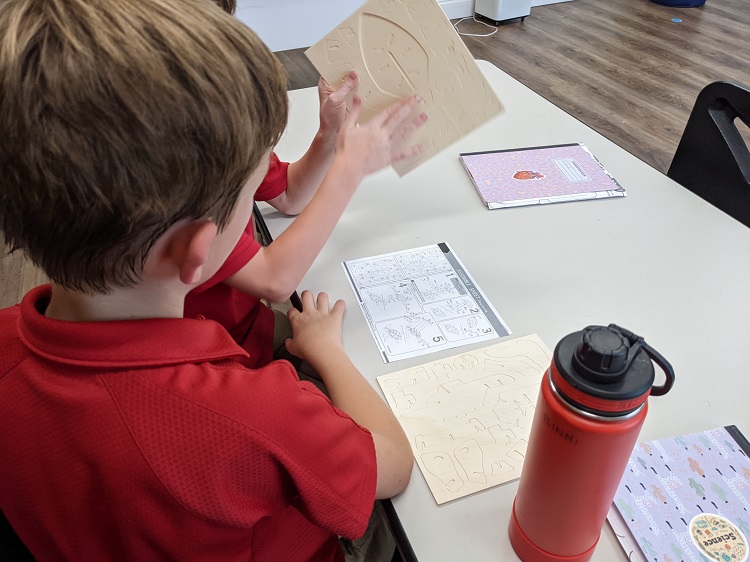
In this activity, the 3rd graders solved 3D wooden puzzles from Robotime. They had so much fun along the process, and the hosts conducted an observation. According to them, the children aged 8 found it challenging, and the older kids went on a smooth puzzle-solving. Also, they gave them a chance to paint the models and finish them up creatively.
Robotime at Winter Park Library
The Winter Park Library conducted an event for a 3D wooden puzzle assembly, but it was unique in that it was only a one-hour session. Participants must create miniature models of turtles and penguins from Robotime to celebrate Earth Day.
Robotime at OSC Spark STEM Fest
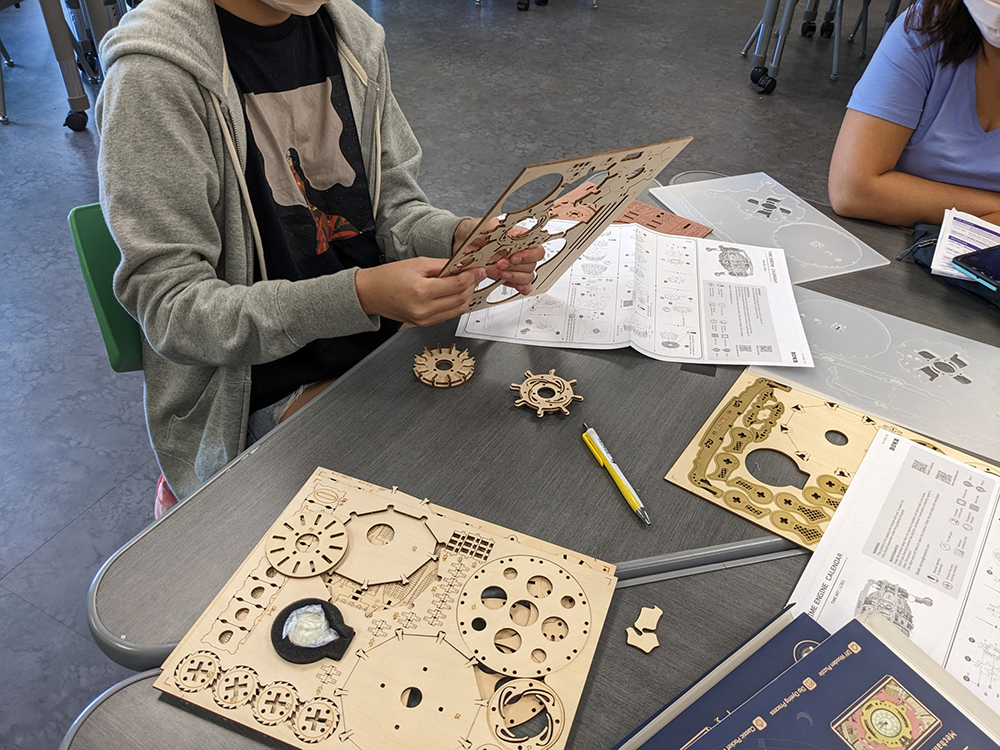
Puzzle-solving is not only for kids, and that is the main objective of the OSC Spark STEM Fest—to host an event for adults and teenagers. The mechanical 3D wood puzzles from Robotime were used as projects the participants needed to accomplish. This successful event has made adults and teenagers understand the importance of creativity, teamwork, and analytical skills.
Challenges
Completing a puzzle can be complex and comes with a few challenges, like any other activity. Here are some of them:
- 3D wooden puzzles require a lot of patience.
- Some parts have complex structures.
- Solving puzzles is not appropriate to age.
- Tiny pieces need delicate and precise motions.
- Scale models come with a level of difficulty.
Conclusion
People look at 3D wooden puzzles as toys and made for spending leisure time. But in today's new modalities of learning, 3D wooden puzzles are now considered educational tools that impact kids' learning in mathematics, science, technology, and arts and designs. They have been a great ally in activities for the youth that have the main objective of developing various skills related to fine motor, cognitive, communication, and organizational skills.
In such educational activities, Robotime made its way to several events to highlight the high-quality products of 3D wooden puzzles. The company aims to contribute to developing and improving skills for people of all ages.













